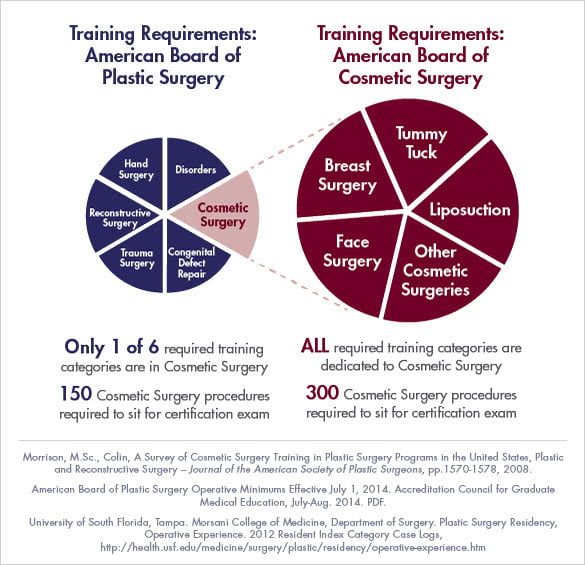
Both men and women can have gender affirming surgery if they wish to change the way they feel about themselves. It is a procedure to alter the penis or skin color of a male, female, or vice versa. One procedure is a hysterectomy and another is an orchiectomy. Other procedures include penis inversion and inversion.
Hysterectomy
Hysterectomy, also known as gender affirming or gender-affirming surgery, involves the surgical transformation of a male from a feminine to a masculine. Around 0.4% are transgender. This condition can cause symptoms of gender dysphoria such as physical and emotional pain. Transgender men have other options than medical management. Some common surgical procedures for transgender men include hysterectomy and bilateral salpingo-oophorectomy. Only 3.3% of transgender males had hysterectomy to change their gender according to the American College of Surgeons National Surgical Quality Improvement Database.
Hysterectomy for gender affirmation is relatively new and still evolving. Historically, hysterectomy has been performed for pathologic reasons, and coexisting gender dysphoria may have prompted a hysterectomy decision. However, in recent years, insurance providers are beginning to cover this procedure.

Orchiectomy
One of the first steps in a transgender person's transition is orchiectomy (or testicular removal). It reduces the testosterone level and eliminates the testicles. This surgery can reduce blood clot risks and simplify a patient's hormone regimen.
The procedure is simple and can be carried out on an outpatient base. The recovery time depends on the surgeon and the technique used. It can take anywhere from two to eight weeks. It can be covered by Medicare, private insurance or the individual's own health insurance.
Inversion of skin and penis
Inversion of skin and penis, one of the most common methods of transvaginal surgical treatment, is widely used and considered to be the best method for genital reconstruction in transgender women. To create the appearance of a woman's natural vulvum, it involves inverting the penis. The entire procedure can take between three and five hours. It may take several days to recover. After surgery, a special dressing is placed inside the vagina to protect the skin in its new position.
A standardized protocol is followed during the procedure. The doctor will give instructions for aftercare to the patient. You will be given a kit by the medical team to perform follow-up dilations at your home. You will also be provided with follow-up emails, and an appointment with your surgeon.

Recovery time
Post-surgery recovery is a critical component of gender-affirming surgery, which involves converting a male penis to a female one. The time taken to recover depends on what type of surgery was performed. A mastectomy is the most common procedure, although a vaginoplasty and breast augmentation are also possible. Both procedures can be done with a minimum of one week of rest. They may take between five and six weeks.
Gender-affirming surgery is designed to reduce testosterone production. It can also eliminate the need of hormone-suppressive medicines and estrogen therapy. It can also preserve the possibility of having a child naturally. The recovery time for gender affirming surgery male or female varies depending on the type of procedure and the patient's condition.